Mydaus javanensis lucifer 236799987
Autor/Urheber:
Shortlink:
Quelle:
Größe:
2048 x 1365 Pixel (1727021 Bytes)
Beschreibung:
Bornean Stink-badger (Mydaus javanensis lucifer) in Malaysia
Lizenz:
Relevante Bilder

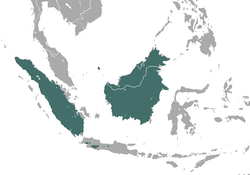
(c) IUCN Red List of Threatened Species, species assessors and the authors of the spatial data., CC BY-SA 3.0





(c) IUCN Red List of Threatened Species, species assessors and the authors of the spatial data., CC BY-SA 3.0

(c) IUCN Red List of Threatened Species, species assessors and the authors of the spatial data., CC BY-SA 3.0
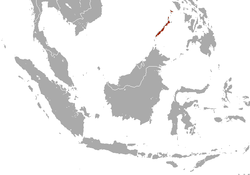
(c) IUCN Red List of Threatened Species, species assessors and the authors of the spatial data., CC BY-SA 3.0


(c) IUCN Red List of Threatened Species, species assessors and the authors of the spatial data., CC BY-SA 3.0
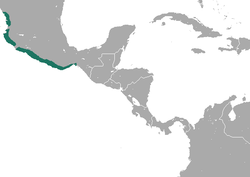
(c) IUCN Red List of Threatened Species, species assessors and the authors of the spatial data., CC BY-SA 3.0



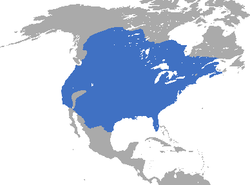




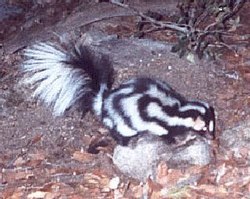


(c) IUCN Red List of Threatened Species, species assessors and the authors of the spatial data., CC BY-SA 3.0



Relevante Artikel
SkunksDie Skunks oder Stinktiere (Mephitidae) sind eine Familie der Raubtiere. Die 15 Arten dieser Gruppe leben vorrangig auf dem amerikanischen Kontinent; genetische Untersuchungen haben auch die Zugehörigkeit der südostasiatischen Stinkdachse zu dieser Gruppe bestätigt. .. weiterlesen
